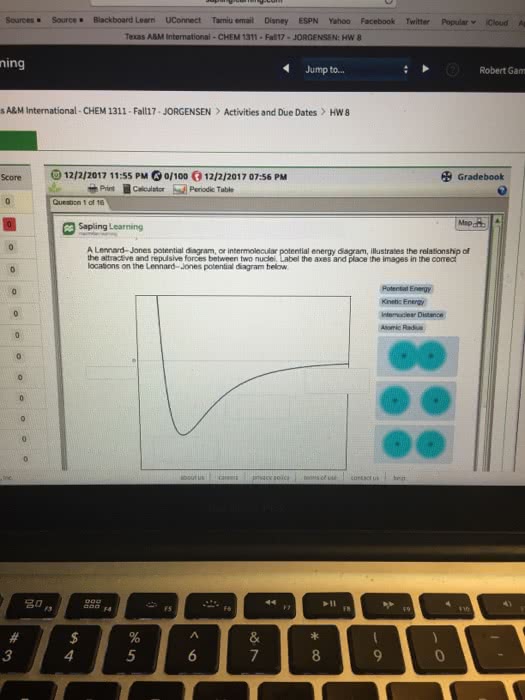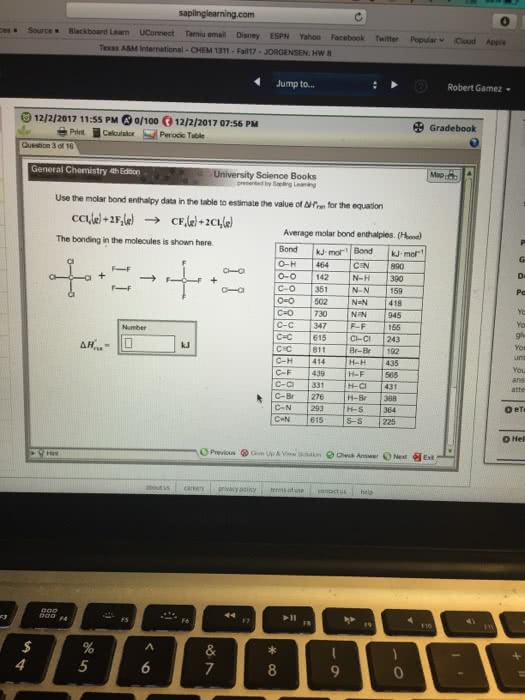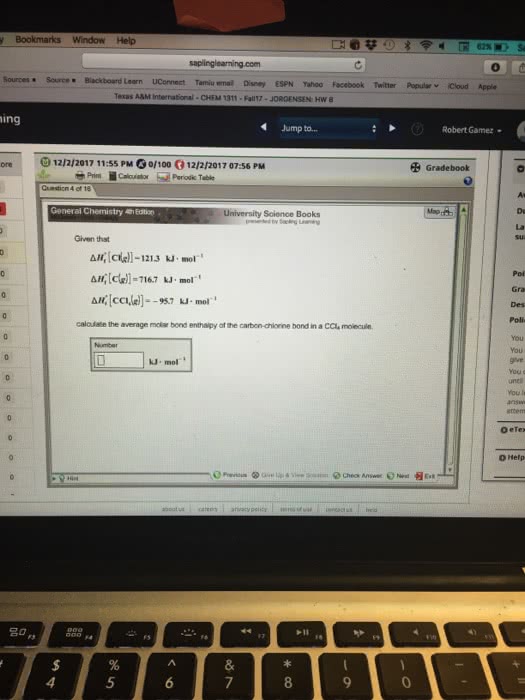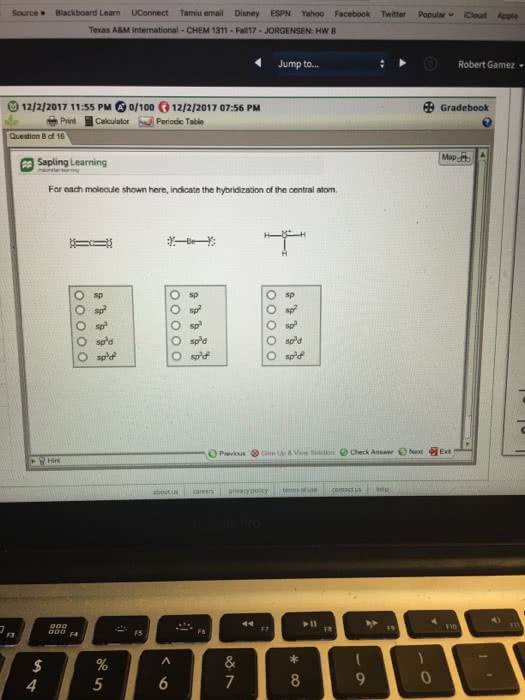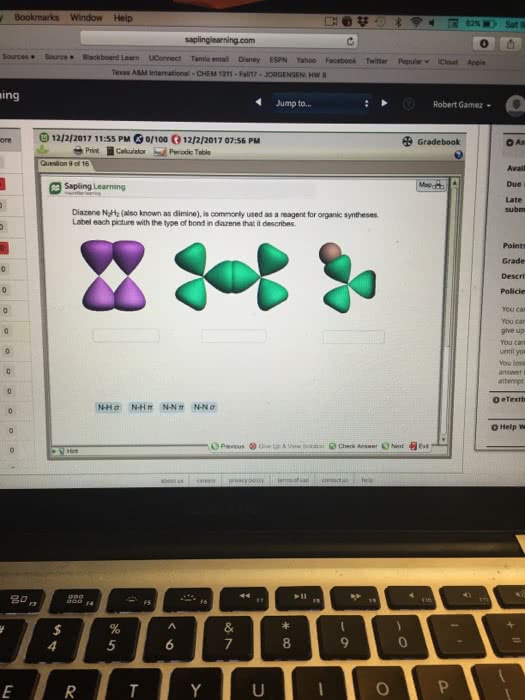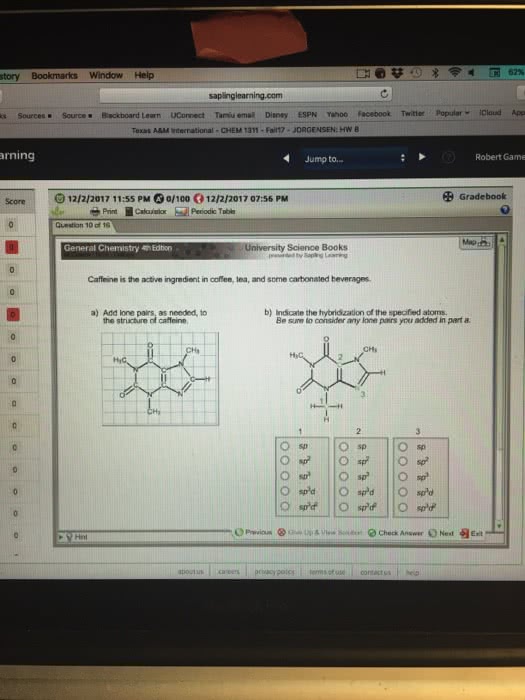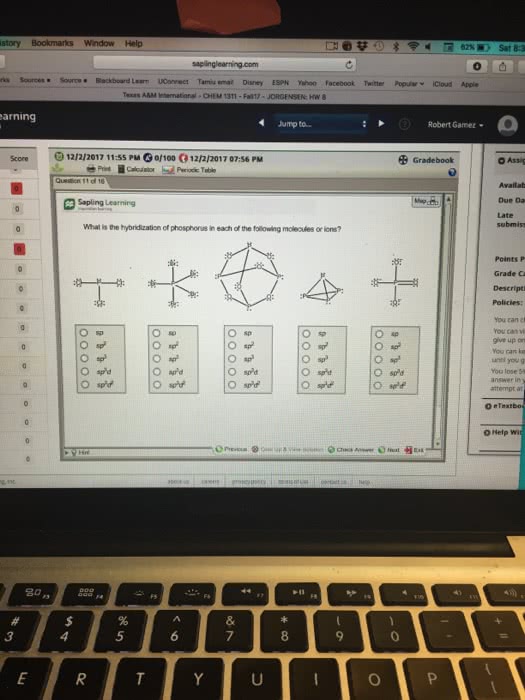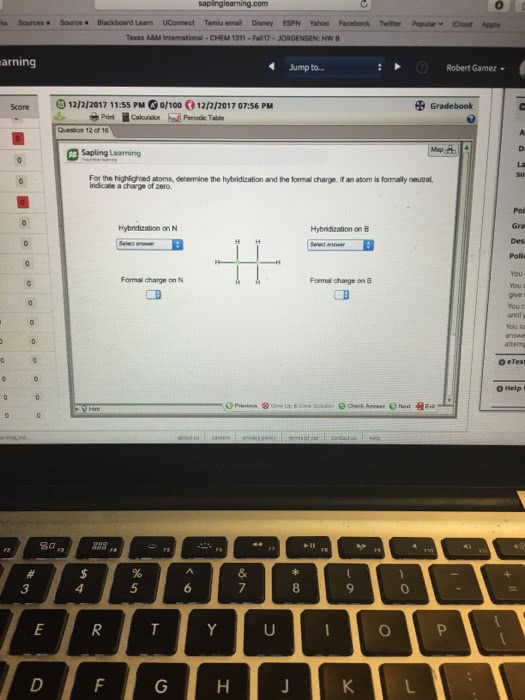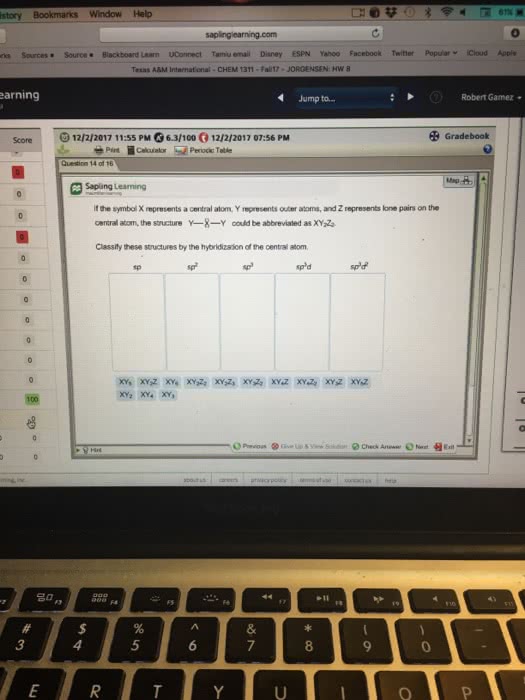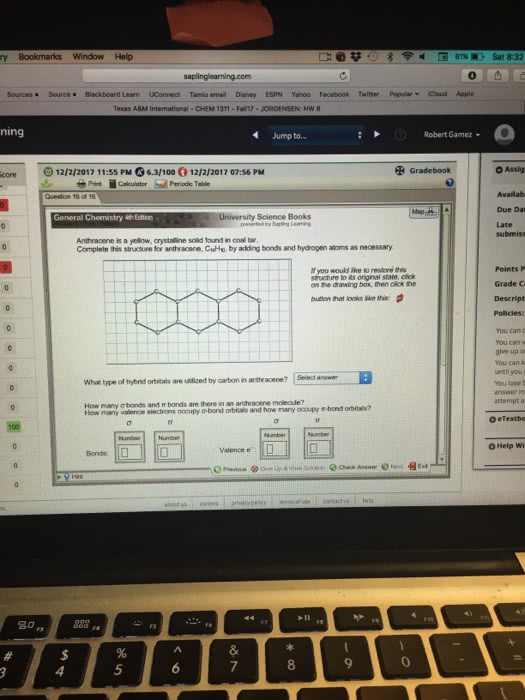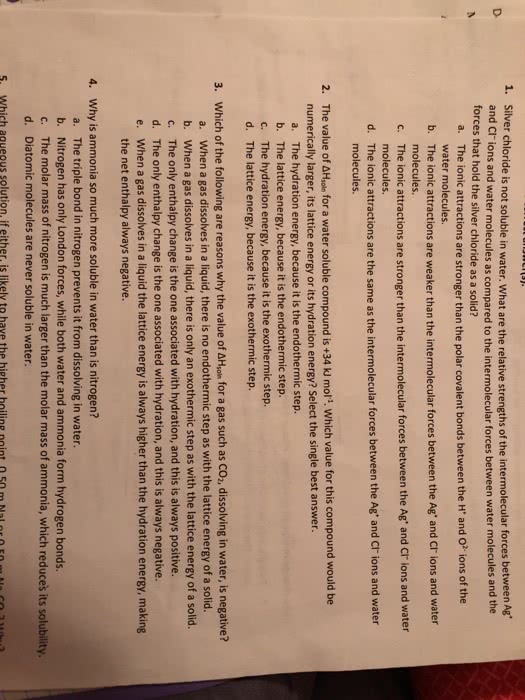CHM 11200 Lecture Notes - Lecture 2: Intermolecular Force
Document Summary
Properties of liquid, solid, and gas are determined by cohesive forces that hold them together. Intermolecular forces- sometimes the forces holding atoms/molecules together are not as strong as a bond but strong enough to cause the atoms and molecules to be attracted to each other. Polar covalent bonds- uneven distribution of electrons between the atoms in a bond. Combine effect of 3-d shape with bond polarity to get the dipole moment of the molecule overall. In solids and liquids composed of covalent molecules the forces between molecules (intermolecular forces) much smaller than bonding forces within each molecule (bonds) Arise from interaction of positive and negative changes. Intramolecular forces- hold atoms together in a molecule. Less energy (41 kj) to vaporize 1 mole of water (inter) More energy (930 kj) to break all o-h bonds in 1 mole of water (intra) These are weakest of the intermolecular forces but occur between all atoms and molecules.


